Multilocus Sequence-Based Analysis Delineates a Clonal Population of Agrobacterium (Rhizobium) radiobacter (Agrobacterium tumefaciens) of Human Origin
Résumé
ABSTRACT The genus Agrobacterium includes plant-associated bacteria and opportunistic human pathogens. Taxonomy and nomenclature within the genus remain controversial. In particular, isolates of human origin were all affiliated with the species Agrobacterium ( Rhizobium ) radiobacter , while phytopathogenic strains were designated under the synonym denomination Agrobacterium tumefaciens . In order to study the relative distribution of Agrobacterium strains according to their origins, we performed a multilocus sequence-based analysis (MLSA) on a large collection of 89 clinical and environmental strains from various origins. We proposed an MLSA scheme based on the partial sequence of 7 housekeeping genes ( atpD , zwf , trpE , groEL , dnaK , glnA , and rpoB ) present on the circular chromosome of A. tumefaciens C58. Multilocus phylogeny revealed that 88% of the clinical strains belong to genovar A7, which formed a homogeneous population with linkage disequilibrium, suggesting a low rate of recombination. Comparison of genomic fingerprints obtained by pulsed-field gel electrophoresis (PFGE) showed that the strains of genovar A7 were epidemiologically unrelated. We present genetic evidence that genovar A7 may constitute a human-associated population distinct from the environmental population. Also, phenotypic characteristics, such as culture at 42°C, agree with this statement. This human-associated population might represent a potential novel species in the genus Agrobacterium .
Domaines
Sciences du Vivant [q-bio]| Origine | Fichiers éditeurs autorisés sur une archive ouverte |
|---|
